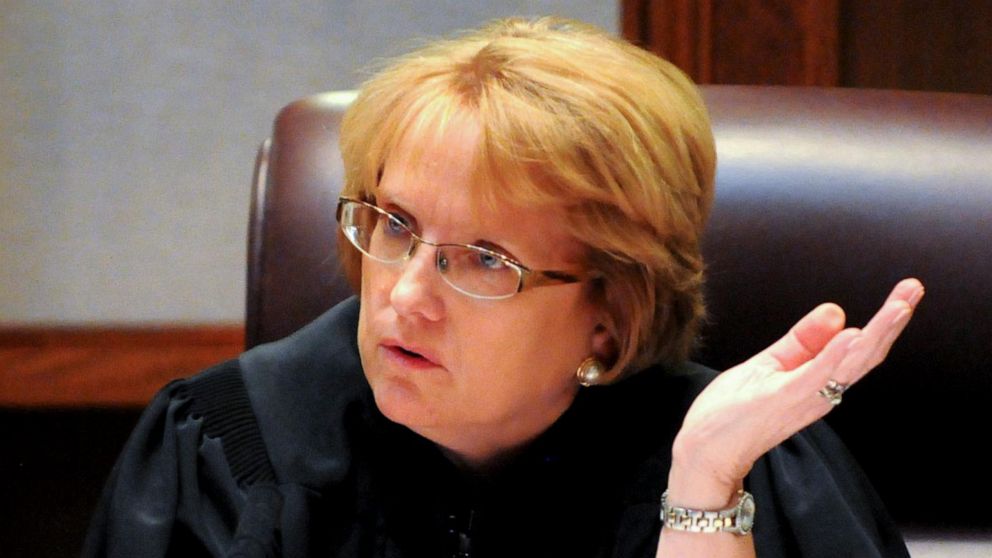ST. PAUL, Minn. — Minnesota courts will allow greater audiovisual coverage of criminal proceedings starting next year under an order filed Wednesday by the Minnesota Supreme Court, but the rules will nonetheless remain more restrictive than those in many other states.
Worldwide broadcasts and livestreams of the 2021 trial of former Minneapolis police officer Derek Chauvin and his conviction for murdering George Floyd, which were allowed under special pandemic rules, were widely seen as a success. That led Chief Justice Lorie Gildea to launch a process that led to the easing, which takes effect Jan. 1.
The order removed a longstanding requirement in Minnesota that both the defense and prosecution consent to camera coverage of most criminal proceedings, which effectively prevented it. The rules were eased five years ago to allow live and recorded coverage of sentencings. But trial judges will retain broad discretion to allow or disallow coverage on a case-by-case basis.
The order, signed by Gildea, said the changes “will promote transparency and confidence in the basic fairness that is an essential component of our system of justice in Minnesota and protect the constitutional rights and safety of all participants in criminal proceedings in the State.”
Jane Kirtley, director of The Silha Center for the Study of Media Ethics and Law at the University of Minnesota, said she would have preferred a presumption for allowing audiovisual coverage of all proceedings. But she said it’s still a “huge breakthrough” in a state where much of the legal establishment has been firmly against cameras in the courts.
“I really cannot say enough about what a giant step forward this is for Minnesota,” Kirtley said.
The justices acknowledged that a special court advisory committee and victim advocate groups raised “serious and legitimate concerns” about the risks and challenges of broader audiovisual coverage.
“We conclude, however, that the modifications to the rules that we adopt provide important protections against those risks,” the justices said. “The modified rules prohibit a district court judge from allowing visual and audio coverage if there is a substantial likelihood that coverage would expose any victim or witness who may testify at trial to harm, threats of harm, or intimidation.”
Video coverage of jury selection and pretrial proceedings will remain prohibited, along with witnesses or defendants who are minors, or coverage that might identify a juror. Some…
Click Here to Read the Full Original Article at ABC News: US…

